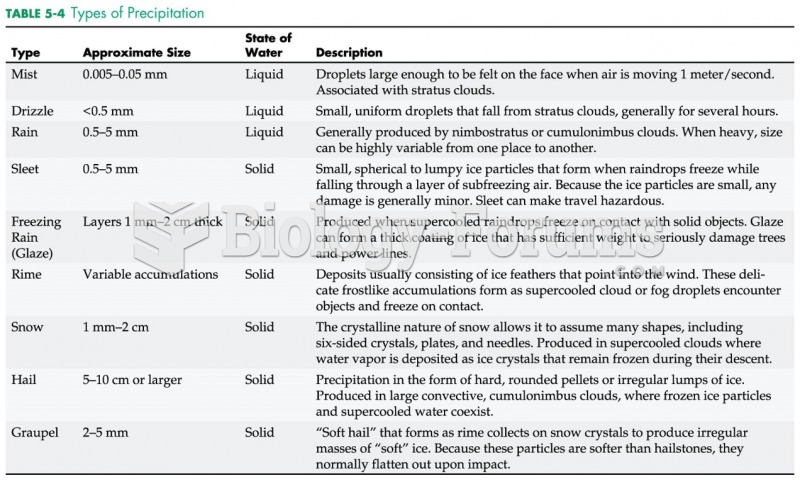Answer to Question 1
Answer: Answers should include a basic definition of victim precipitation as any contribution made by the victim to the criminal event. They should also explain the concepts of active precipitation, which involves direct provocation by the victim, and passive precipitation, which involves unknowing encouragement of the offender by the victim. Victim facilitation, victim provocation, and victim initiation should each be defined and an example of each presented. Answers should also review Marvin Wolfgangs study of homicides in Philadelphia in the 1940s and 1950s, in which he determined that 26 were victim precipitated. Some discussion of the causative factors in victim precipitated homicides should also be included.
Answer to Question 2
Answer: Answers should include a discussion of each of the three shifts and the possible causes of each. The first was a decrease in crime in the early 1940s, which was linked to the start of World War II, as large numbers of crime-prone young males entered military service. The second shift was a dramatic increase in crime from the 1960s to the 1990s. This was linked to the postwar baby boomers entering their crime-prone teenage years, increased police professionalism, increased reporting of crime, and the social upheaval of the 1960s. The third shift was a decrease in crime beginning in the 1990s, which has been linked to an aging out of the post-WWII baby boomers, new strict laws, expanding funding for police and justice systems, changing crime-fighting technologies, economic factors, and the increase in crimes that are not counted by official reporting programs. There is evidence to suggest that a new cycle of increased crime may begin in the near future, which may be due in part to new and innovative forms of victimization not easily captured by official measures.







